Well, we haven't been updating much since Justin and Peter (and his beautiful photography equipment) left. We are working hard with reduced personnel. It is hard to believe, but I am leaving in two days as well. In the meantime, I thought I'd share some cell-phone snapshots of the activities around here.
We did have a bit of a break over the weekend, when McMurdo takes two days off (instead of the standard one day per week) to celebrate Thanksgiving. We have been working almost non-stop for several weeks in a row, and decided it was time for the team to relax for a day as well.
Early the next day, a few of us headed out to the observation tube (see Peter's earlier post) just outside town and crawled down to take in the serenity and beauty of the ice underside that ARTEMIS experiences every time its out.
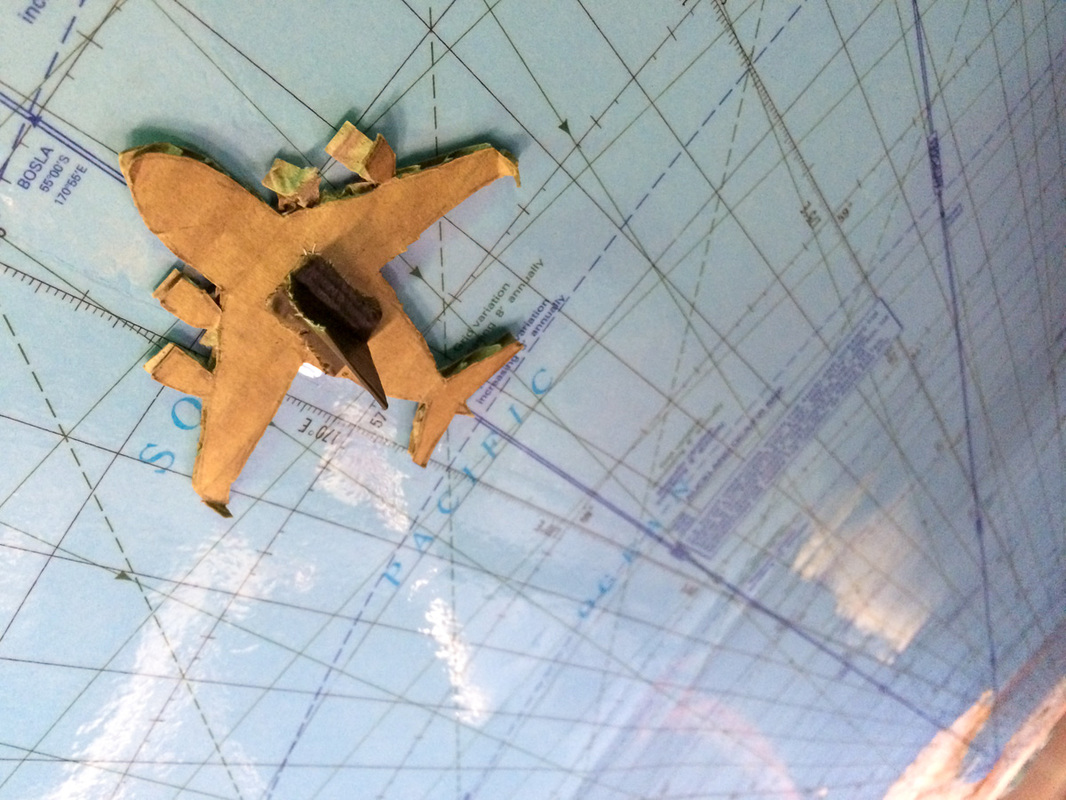
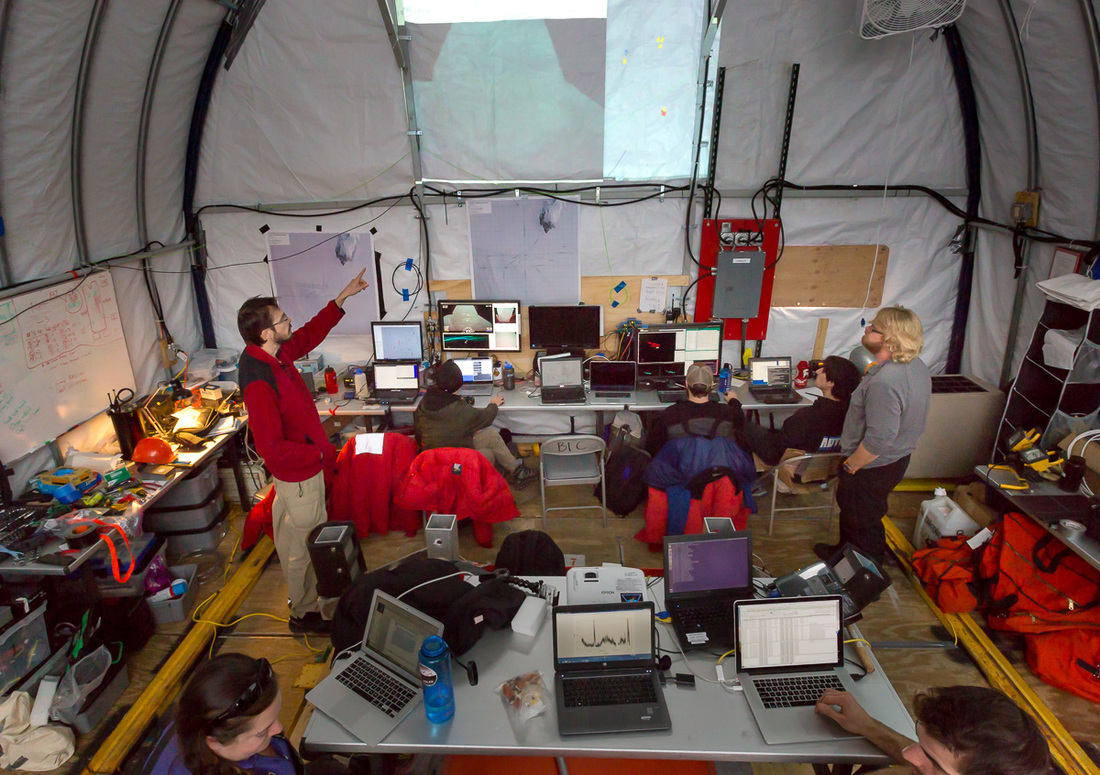
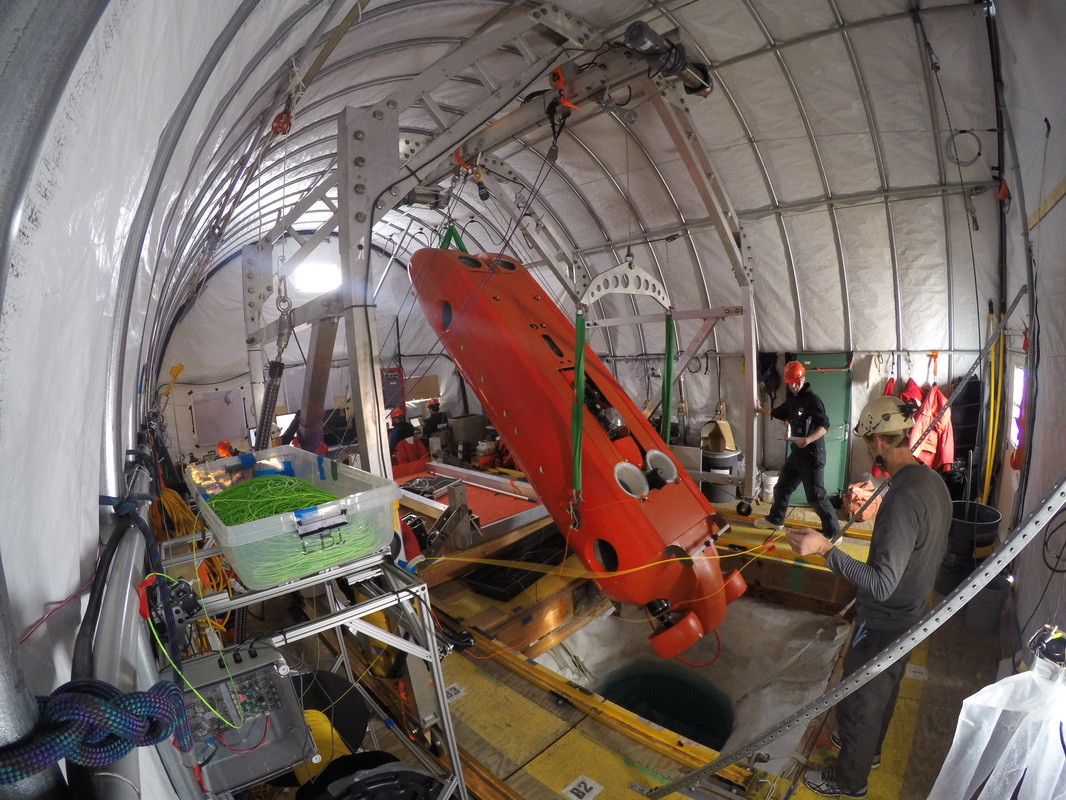
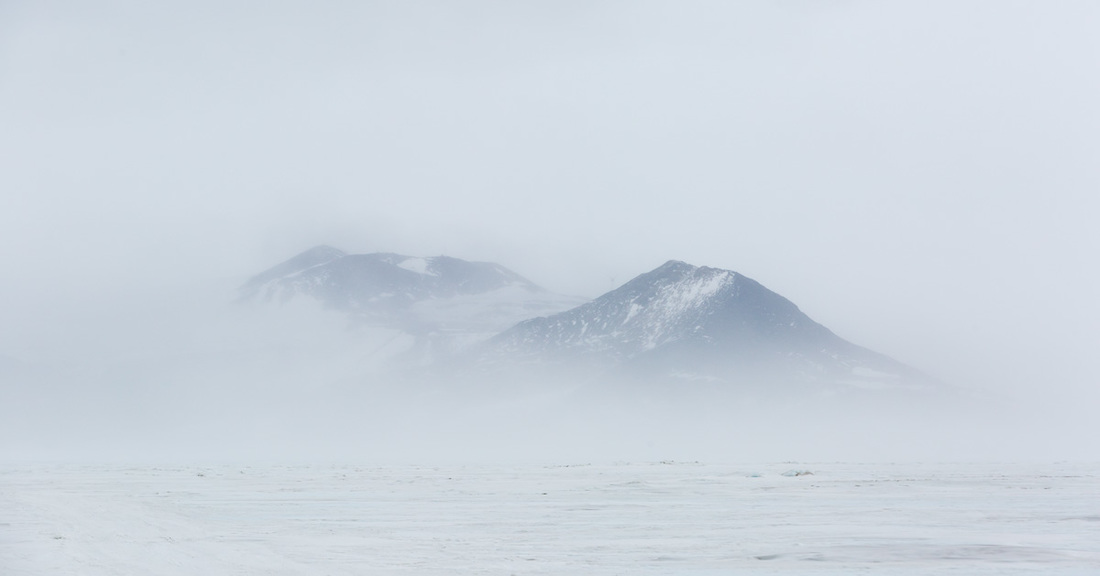
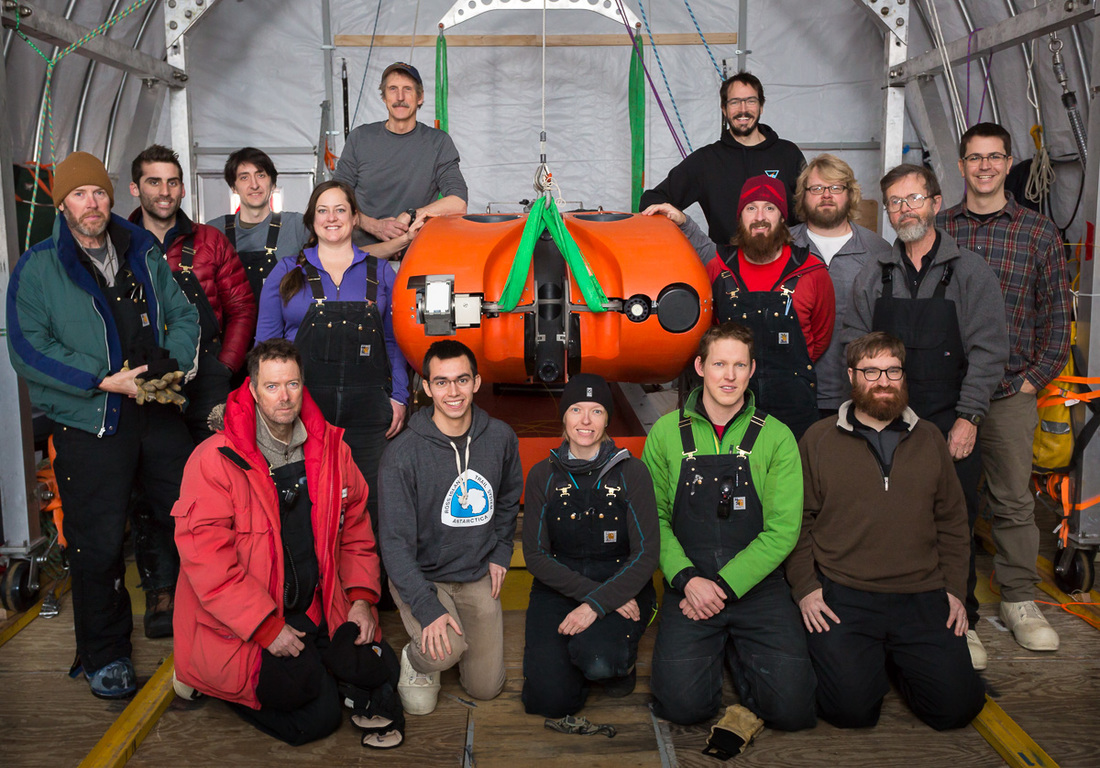
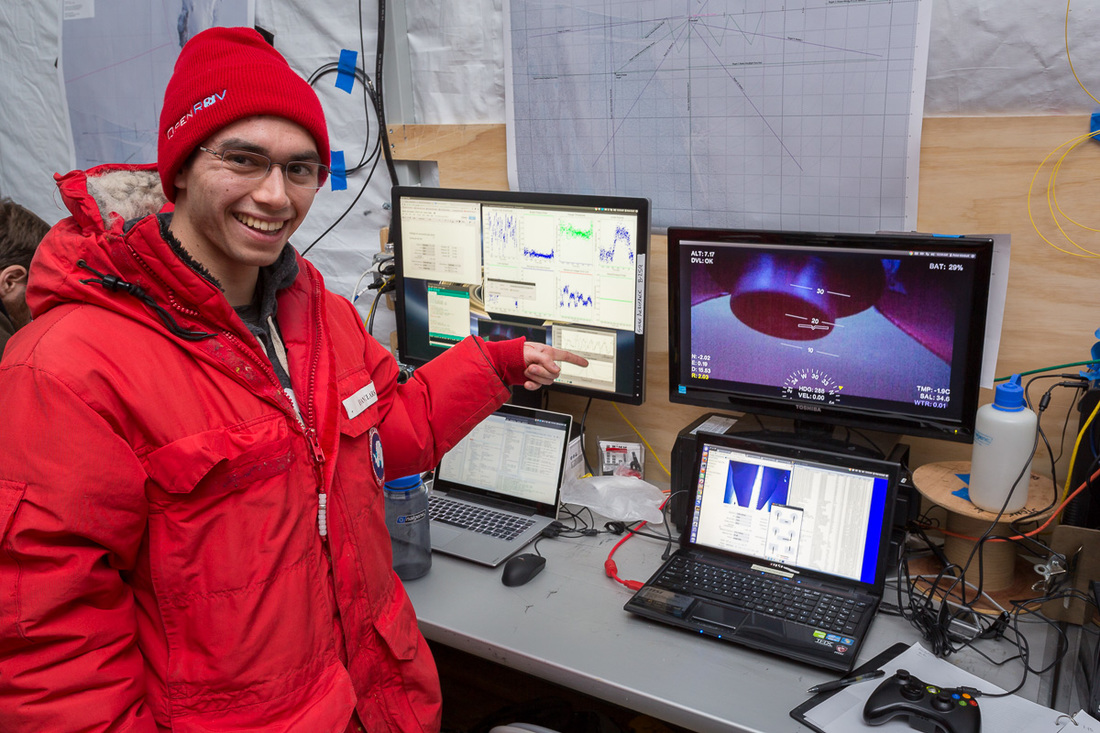
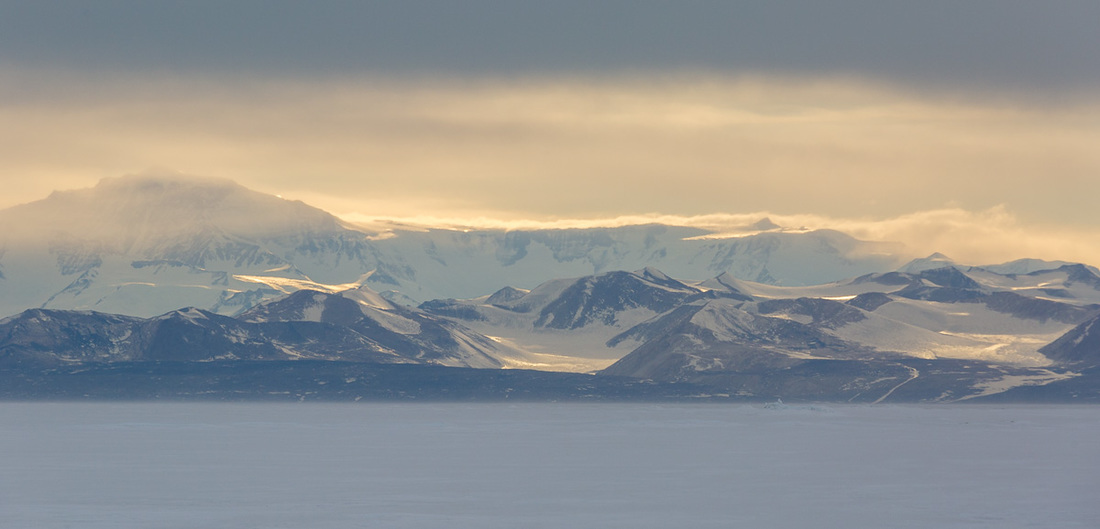
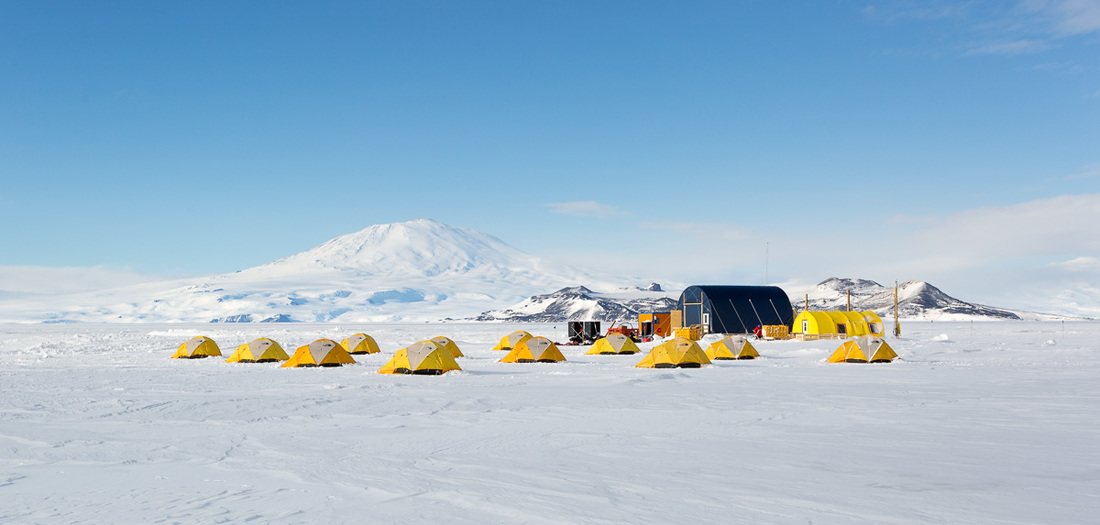

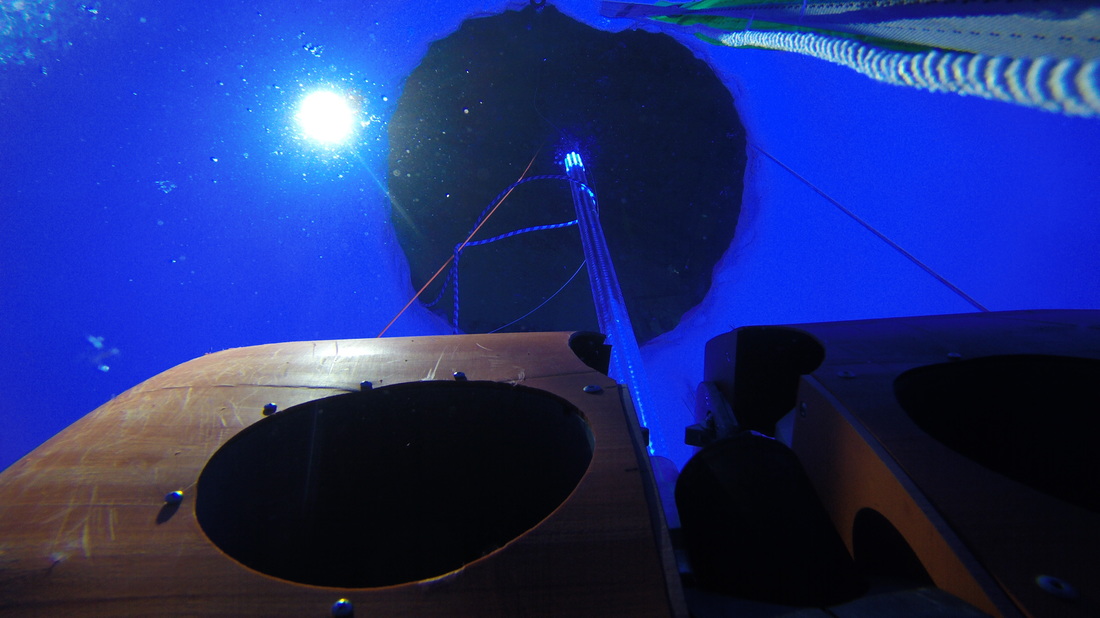


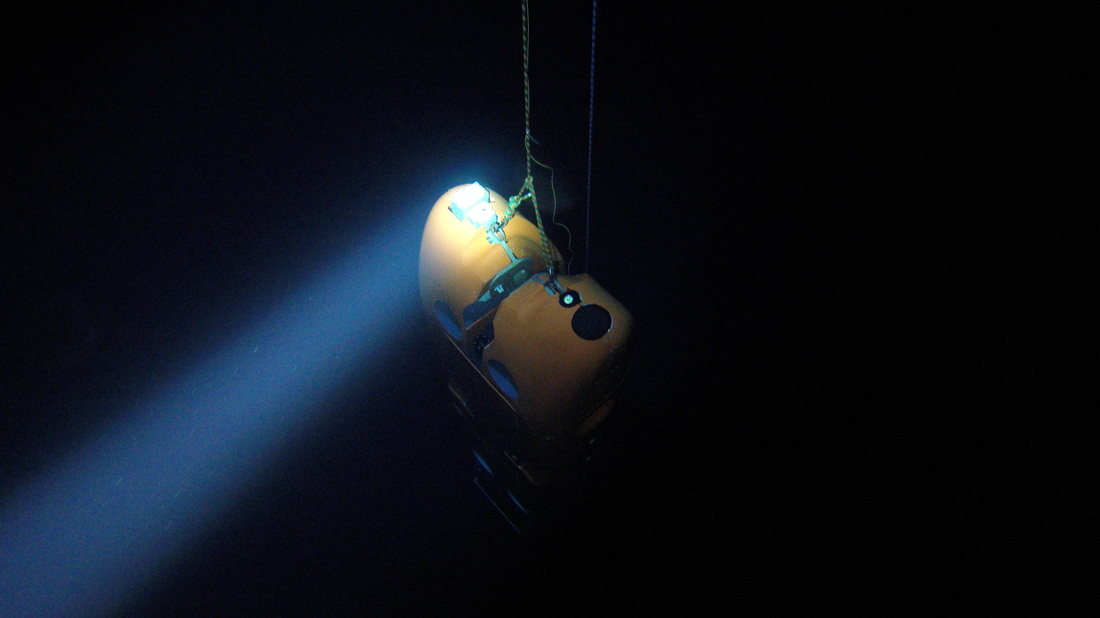
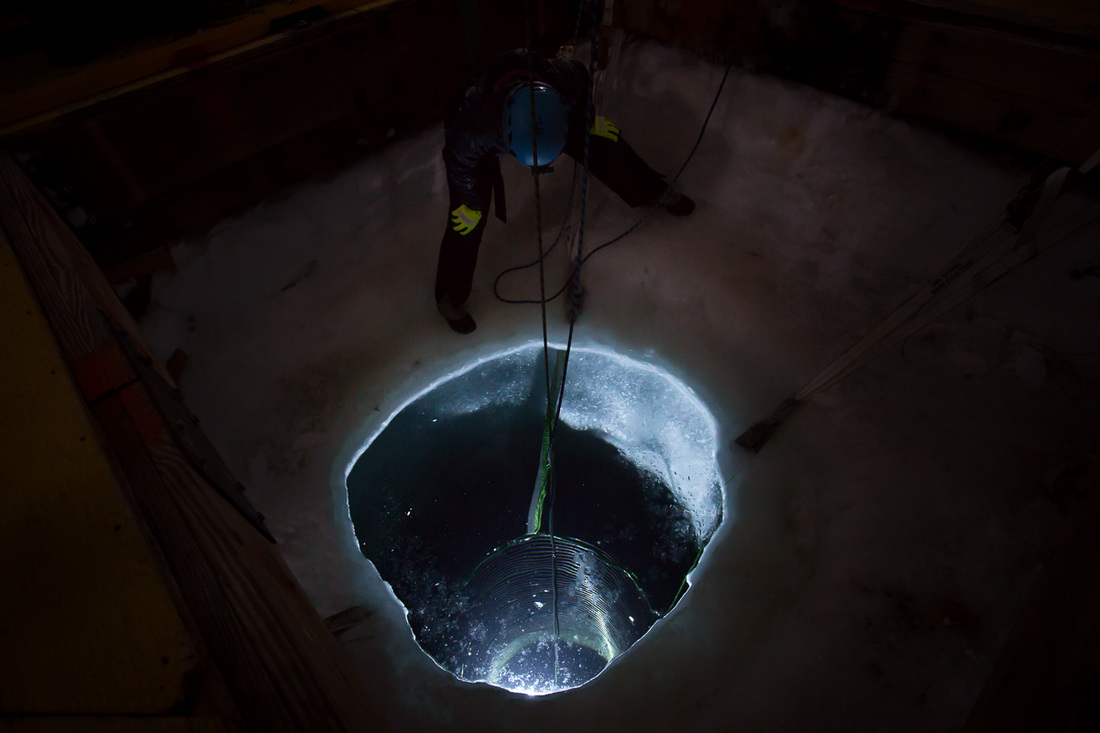
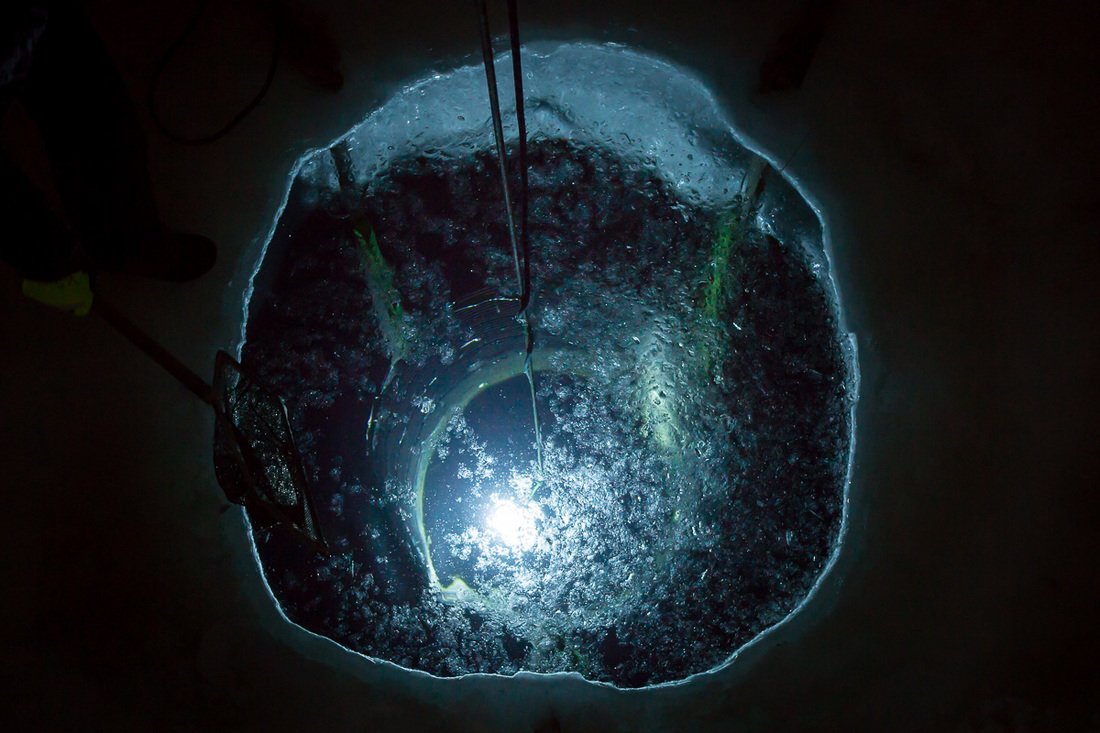
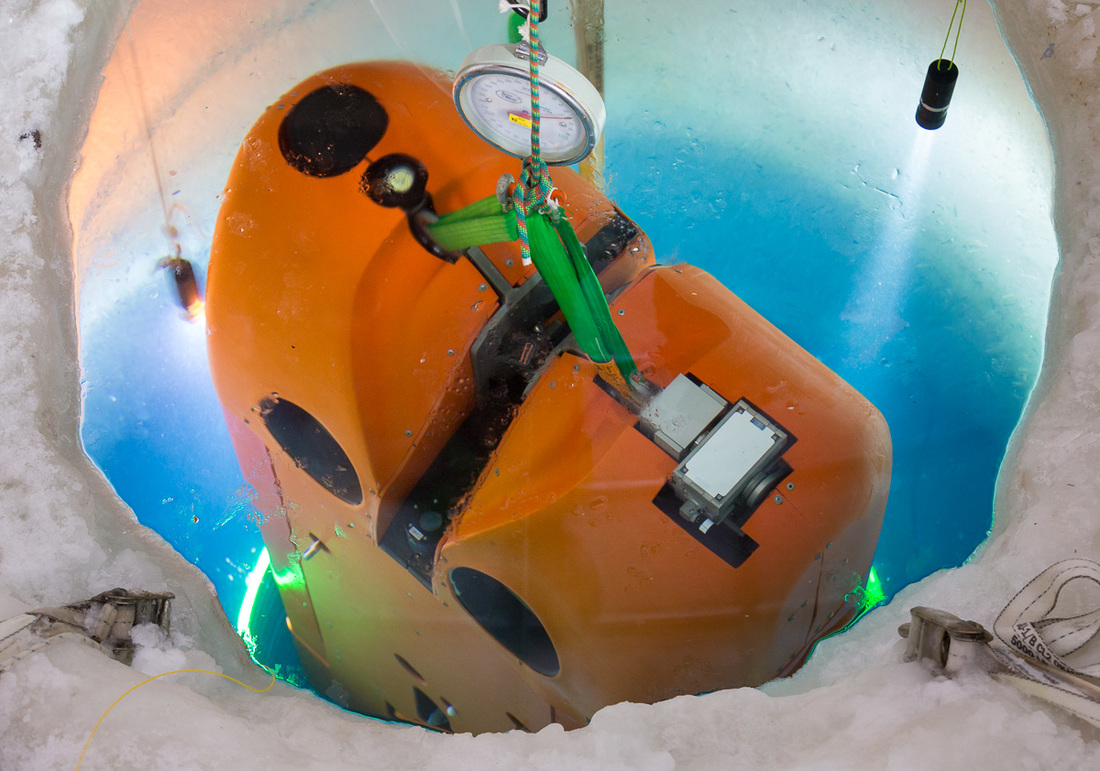

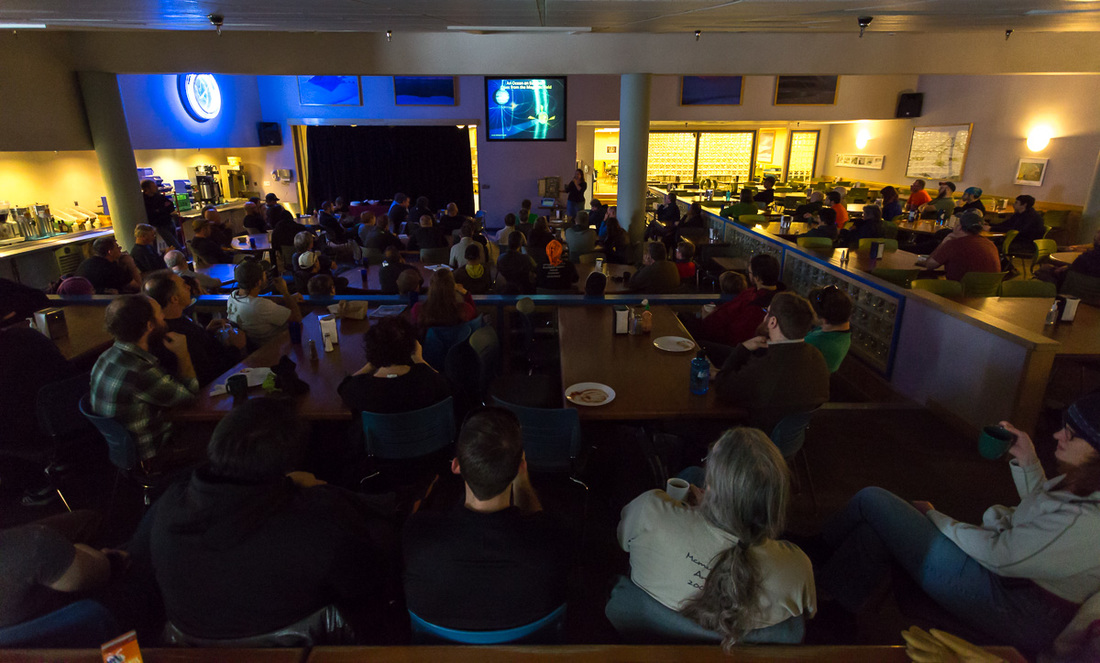
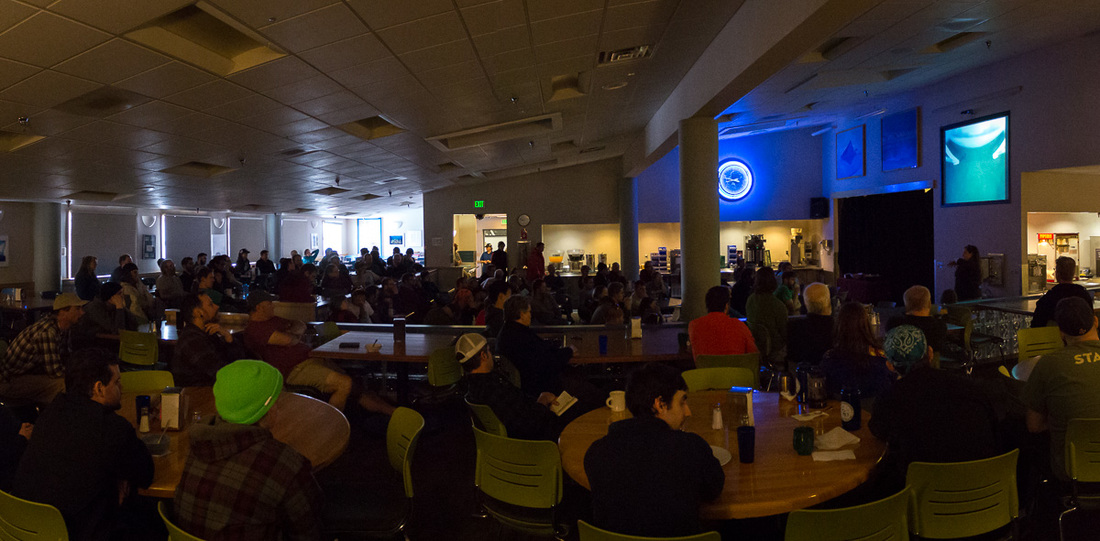
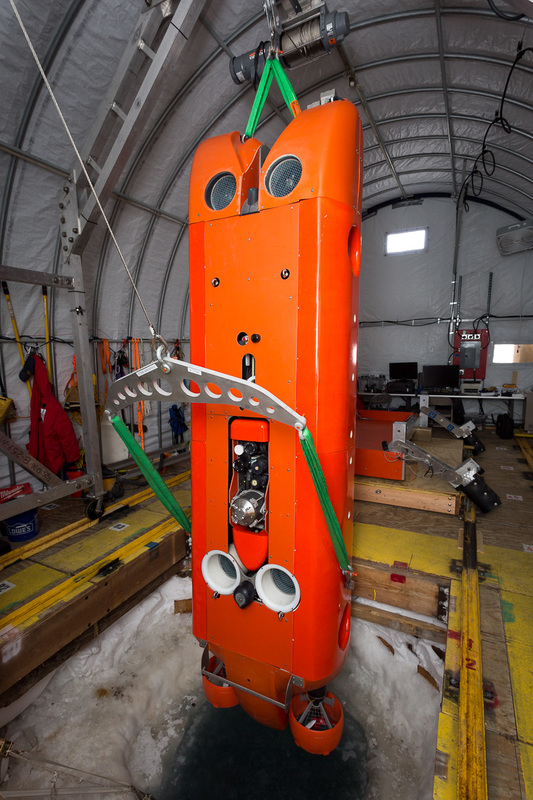
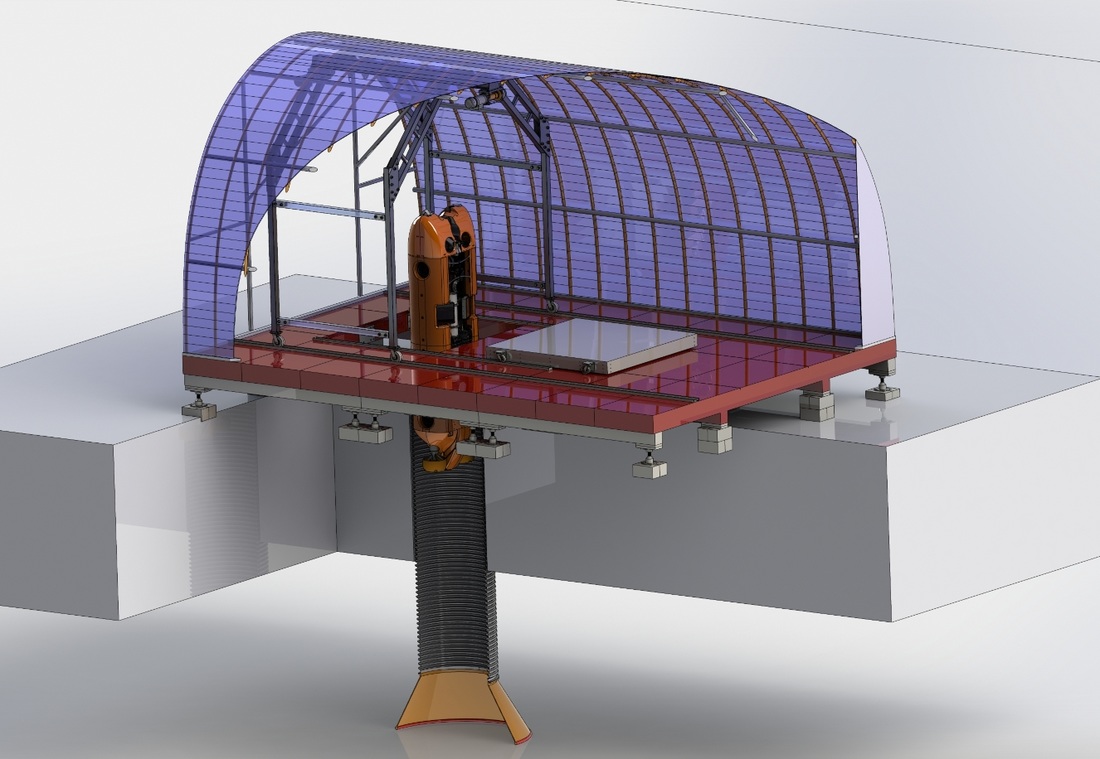
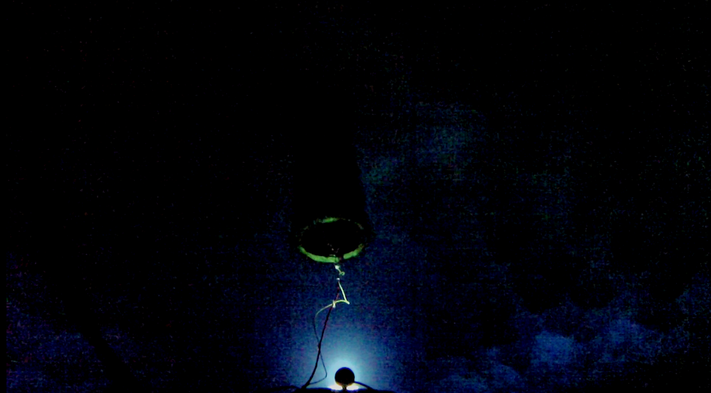
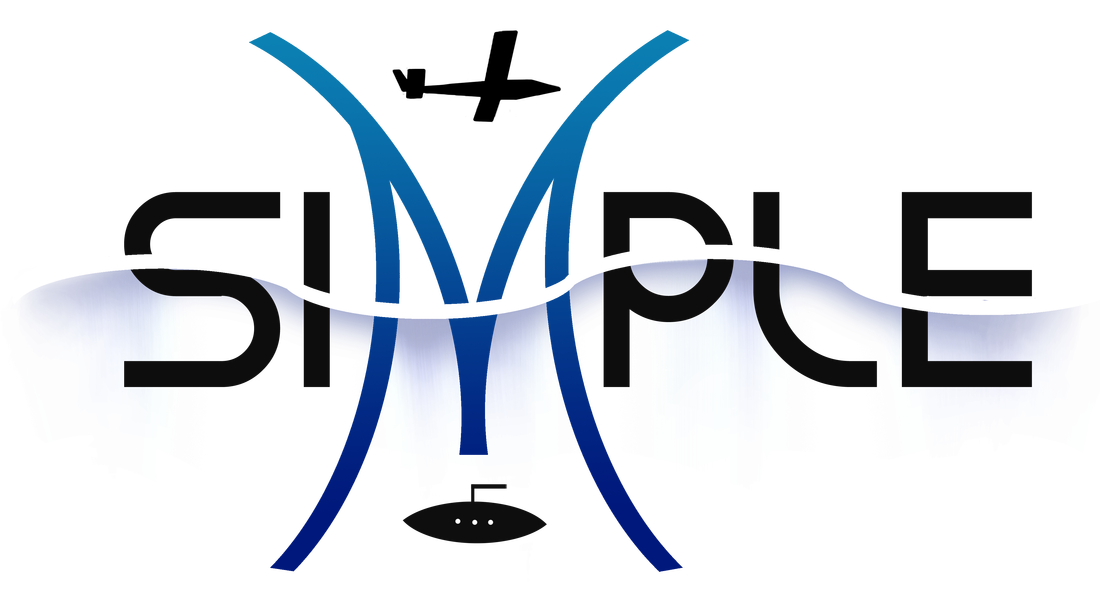

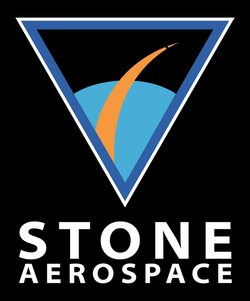
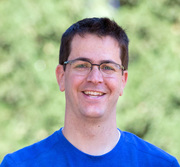
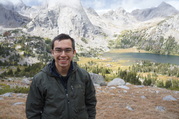

 RSS Feed
RSS Feed